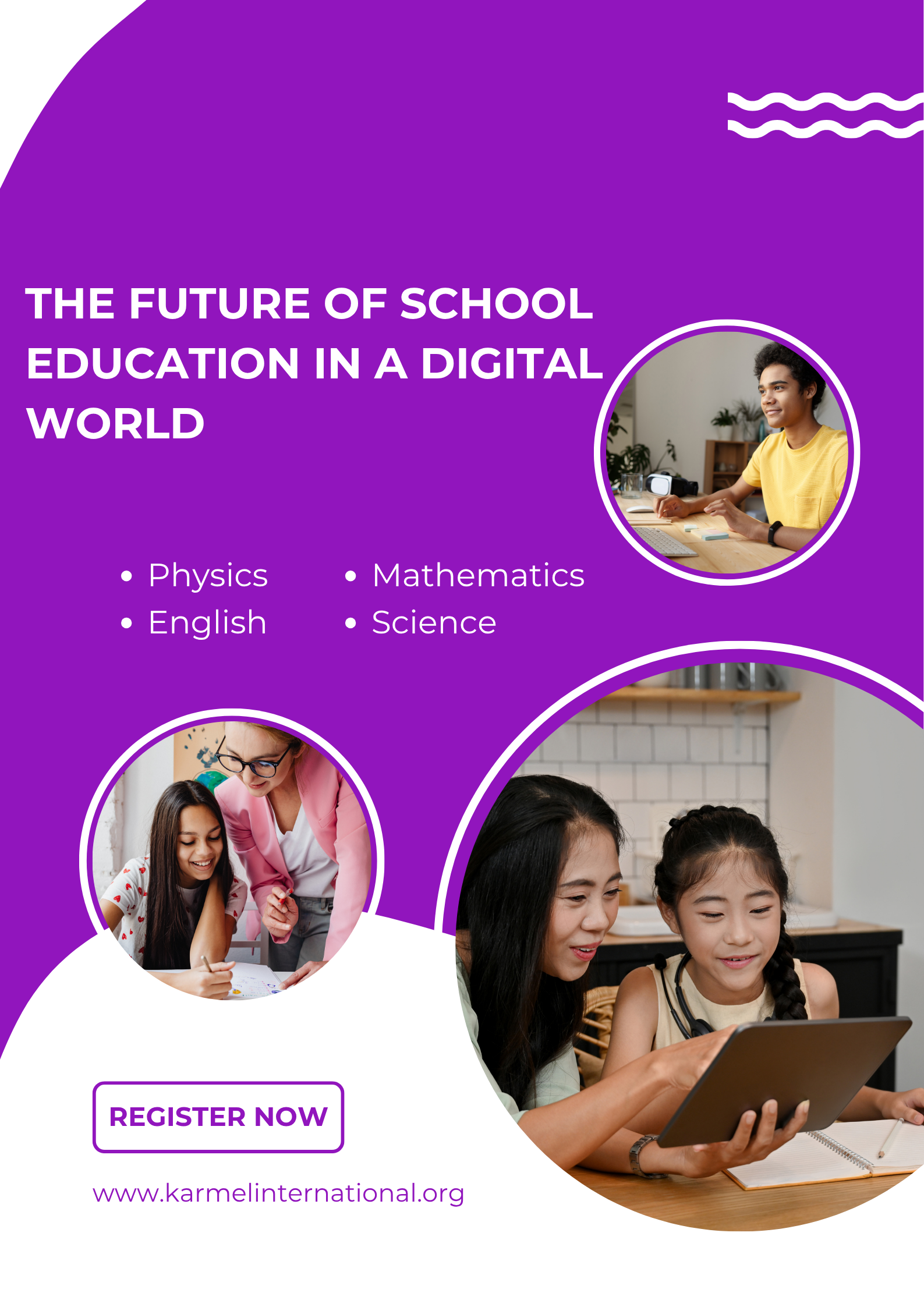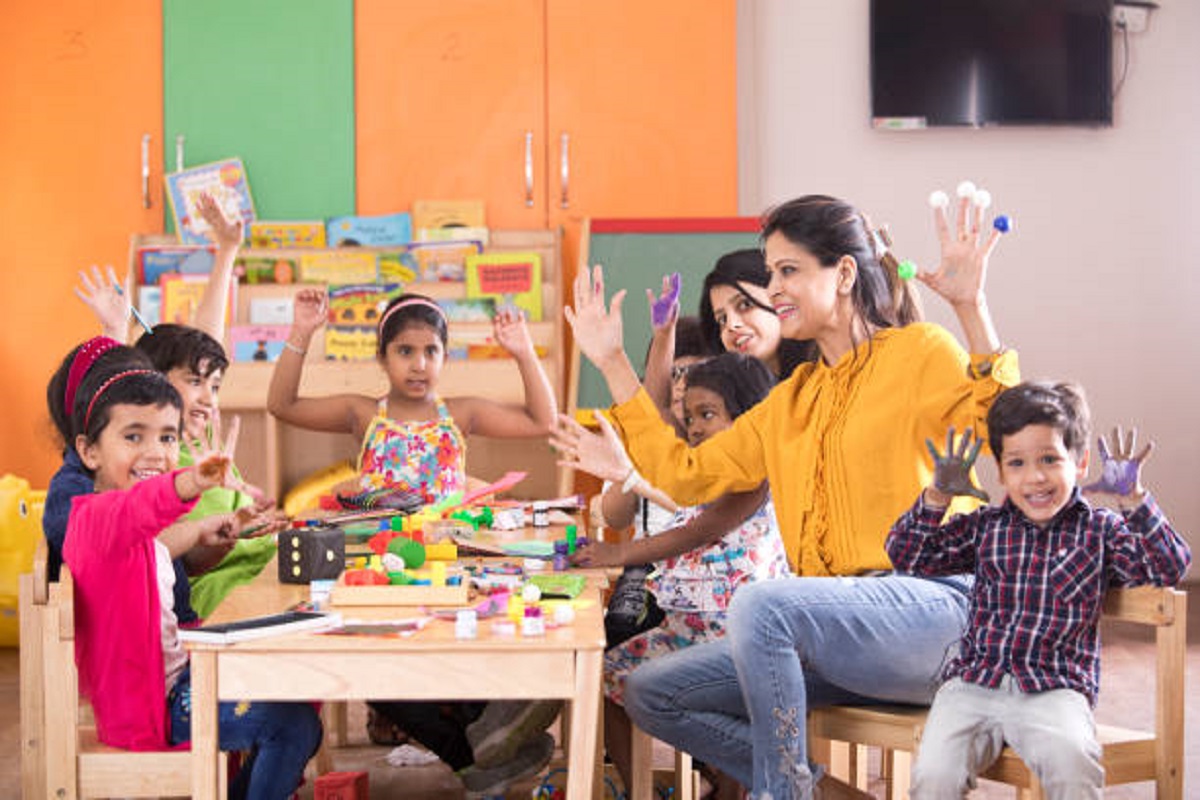The Future of School Education In A Digital World

Strong 8k brings an ultra-HD IPTV experience to your living room and your pocket.
A remarkable transformation is underway in how school education is imparted due to the evolving technology. There is a shift from the traditional teaching methods to smarter learning techniques that integrate technology into every aspect of teaching and learning. In this blog, we examine what the future of school education in the coming years looks like within the context of technological digitization.
Digital Tools Reshaping Learning
The introduction of smartboards, tablets, and learning management systems has made learning in the classroom more interactive than ever. Today, technology has become a big part of teaching and learning. Digital tools make it possible for teachers to design lessons that are captivating and address all pedagogical approaches. Video lessons are available for visual learners, while kinesthetic learners engage with vivified simulations using specialized apps.
Students and teachers can now communicate effortlessly even beyond school hours due to the availability of online platforms such as Google Classroom, Microsoft Teams, and Zoom. The advancement of Artificial intelligence (AI) and machine learning will integrate deeper into education systems and analyze students’ performances to customize content making the learning experiences more tailored and unique.
Upward Trends In E-learning And Hybrid Teaching Models
The Covid-19 pandemic has served as a major driver for the adoption of e-learning, and the further development of hybrid education models. Schools are now taking full advantage of online resources. Hybrid learning is the blending of in-person classes with online activities, providing greater access to student and teacher alike, along with flexible learning options and environments.
In the future, students may have the choice of physically attending classes or joining remotely as per their requirements. This ensures that cases of unexpected disruptions such as sickness or moving homes do not obstruct learning.
Ease Of Teacher Workload With New Technologies
Rather than replacing teachers, technology has given instructional staff far more control over class management which has proved to ease the workload of teachers. Modern resources enable instructors to monitor learners’ activities, track progress, gaps in knowledge, and even enable timely remediation. Apart from that, a lot of repetitive clerical work that was once done by teachers is being done using modern technology, increasing the time available for actual teaching and mentoring work.
Teacher professional development is also becoming more digital. Online teaching and training sessions, webinars and other activities are helping educators acquire modern strategies hence improving the quality of education.
Shifting the Paradigm of Student Preparedness
As digital literacy becomes an important part of parenting, schools are incorporating coding, robotics, and even data analysis as early as primary school. With technology evolving at high rates, acquiring these skills will secure an individual’s position in the future. Besides, academic institutions are emphasizing on soft skills too. Skills like critical thinking, problem solving, and collaboration are machine-proof.
A top school in Gurgaon is already on its way to building innovation studios by adding future-ready curricula, smart classrooms, and hands-on learning programs aimed at preparing students for the challenges of tomorrow.
Filling the Gap of Ignored Areas
While digital education coming to light offers its fair share of opportunities, there also seem to be challenges such as gaining access to the technology and internet. Being able to provide all students with quality education regardless of their financial state is extremely important. Government strategies and policies need to come together for school initiatives to tackle this matter.
Most asked questions
Q1. Will replacing traditional classrooms with digital ones be the new norm?**
No, digital aids are meant to enhance classrooms not replace them. Blended learning is seen as the optimum way.
Q2. What will schools do to ensure student safety online?**
With every digital environment comes the threat of cyber crimes, schools will need to adopt measures guarding against it while ensuring that safe spaces for teaching and supervising online activities.
Q3. What is the part of parents in digital education?**
Through active involvement in their children’s educational journey, parents help facilitate digital education by providing tools, setting schedules, and following through with their outlined processes.
Q4. In what ways does technology assist instructors?**
With the assistance of technology, instructors can effectively plan lessons, assess students as well as file their records, and tailor instruction to individual learners.
Note: IndiBlogHub features both user-submitted and editorial content. We do not verify third-party contributions. Read our Disclaimer and Privacy Policyfor details.




